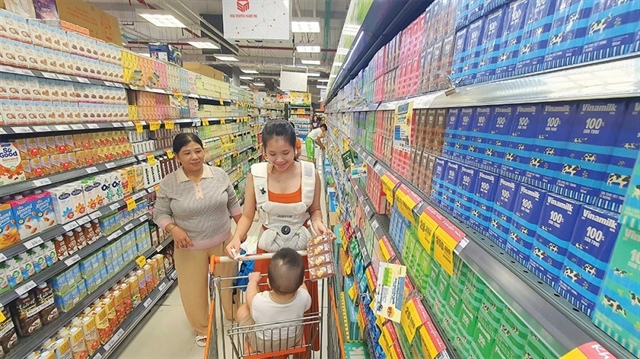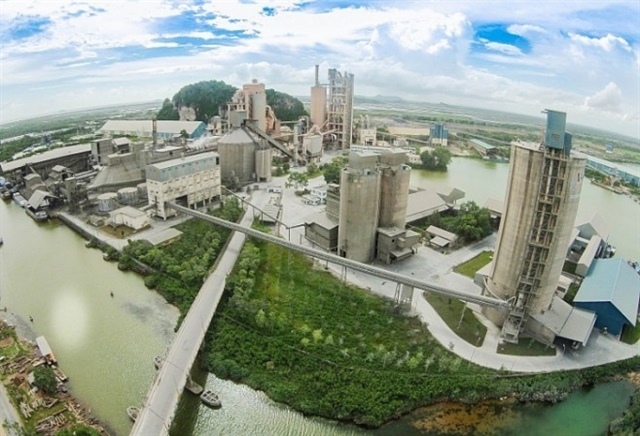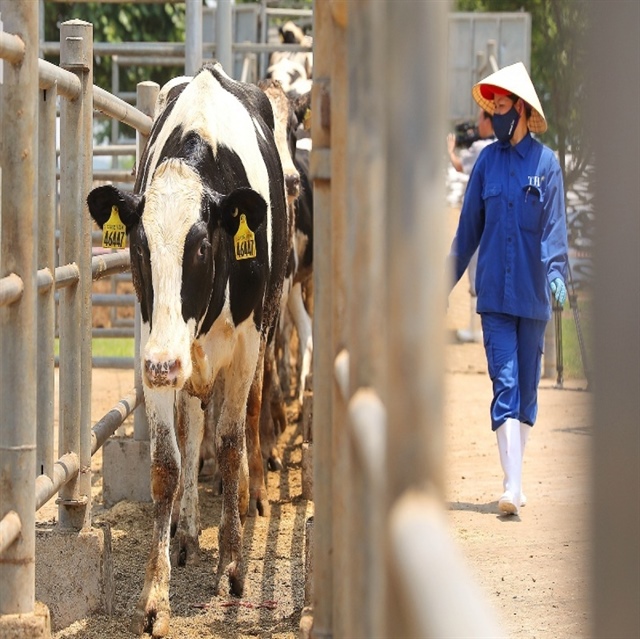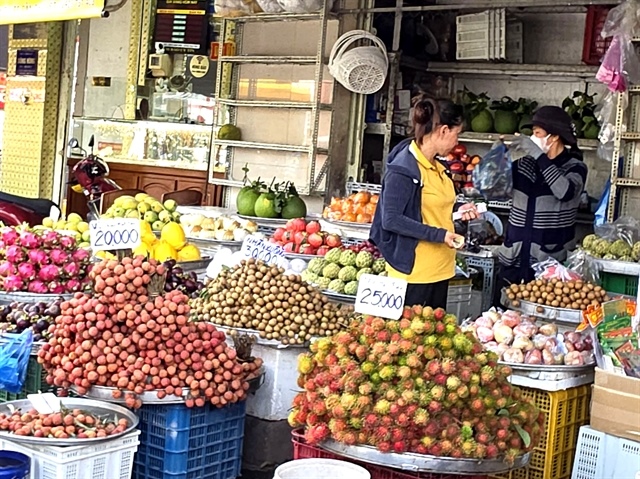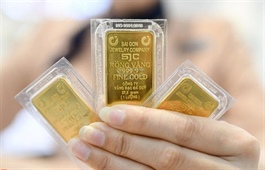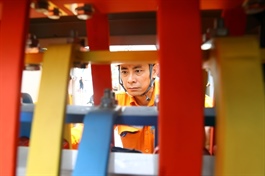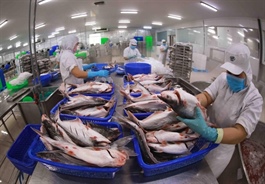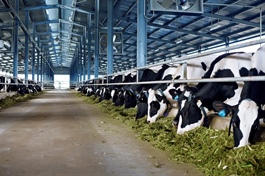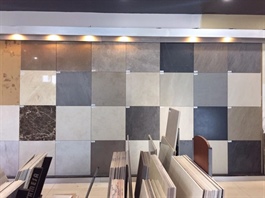Green future charted with low-carbon rice initiative
Green future charted with low-carbon rice initiative
By advancing its low-emission rice initiative, Vietnam aims to build a more sustainable agriculture sector while unlocking higher export value.
Vinarice, a member company of Vinaseed Group, in August received over $136,000 from the Netherlands Development Organisation (SNV) for producing low-emission rice across 21,000 hectares of rice fields, contributing to a reduction of 89,000 tonnes of CO2 during the 2024-2025 winter-spring crop season.
Previously, Vinarice made a mark with a record reduction of almost 3,900 tonnes of CO2 and received an award worth over $18,000. The entire area participating in the project of the company was also granted the Vietnam Green & Low-Emission Rice logo certified by the Vietnam Rice Industry Association.
An SNV representative stated that the achievements from two seasons of participating in the project recognised Vinaseed’s efforts in reducing greenhouse gas (GHG) emissions throughout the production chain and contributed to aim of cultivating one million hectares of high-quality, low-emission rice associated with green growth in the Mekong Delta by 2030.
“This is a step in line with the global goal to limit the earth’s temperature increase and paves the way for Vietnam to build a national rice brand and sell carbon credits by 2028,” an SNV representative said.
According to statistics from the Ministry of Agriculture and Environment (MoAE), the agricultural sector emitted approximately 92.5 million tonnes of CO2 equivalent last year, accounting for 17.6 per cent of the country’s total GHG emissions. Specifically, rice cultivation alone contributed to about 75-80 per cent of the total methane emissions in the entire agricultural sector.
Vietnam launched the one million hectare low-emission rice initiative in 2023 across five localities. Initial results have shown that the model has helped reduce production costs by 8.2-24.2 per cent thanks to saving on seeds, fertilisers, pesticide sprays, and irrigation water.
The MoAE estimated that this rice cultivation model helps increase productivity by up to 7 per cent, farmers’ income by 12-50 per cent, and profits by $160-340 per hectare compared to traditional farming practices. The new model also assists in reducing 2-12 tonnes of CO2 equivalent per hectare.
According to World Bank estimates, the Mekong Delta project could reduce 10 million tonnes of carbon per year and fetch carbon credits worth $100 million annually, at an estimated $10 per credit.
However, only a few firms have ventured into this area. In June, Trung An High-Tech Farming, in partnership with the Vietnam Rice Industry Association, exported its first 500-tonne batch of low-emission of rice to Japan at a selling price of $820 per tonne, nearly double the typical price.
Pham Thai Binh, director of Trung An Hi-Tech Farming, said that the company has entered into a joint venture with Murase Group from Japan to collaborate on cultivating various high-quality rice varieties in the Mekong Delta region. In 2024, both parties continued to enhance their cooperation in growing many varieties of rice that meet the low-emission rice standards according as per the project. The first export batch is part of 20,000 tonnes recognised under the same label.
“After the success of the first batch, Trung An plans to export a second batch of 3,000 tonnes to the Japanese market. We are also preparing to export to Australia,” Binh said.
Truong Duy Hai, deputy general director of A An Food JSC., assessed that low-emission rice will be a consumption trend that individuals in the higher-income bracket will gravitate towards. Recognising the potential of these products, since 2024, the company has expanded rice cultivation areas linked to low-emission rice production through participation in the SNV’s first project, covering over 600ha. As of July 2025, the cultivation area has been expanded to more than 3,500ha.
“By changing farmers’ perceptions towards high-quality, sustainable rice cultivation, we are able to easily access high-end export market segments that demand superior product quality such as Japan, and Europe, aiming to bring the Vietnamese rice brand to discerning consumers in these challenging markets,” Hai said.
Vietnam has brought about 180,000ha of rice under high-quality, low-emission cultivation, marking key progress in its one-million-hectare plan, according to the MoAE.
The achievement strengthens prospects for international cooperation, particularly with Japan, which has already partnered with Vietnam on 14 projects and issued over 35,000 carbon credits under the Joint Crediting Mechanism (JCM).
In the next phase, the two countries aim to advance low-carbon agriculture, focusing on alternate wetting and drying techniques in rice farming to cut emissions and generate high-quality carbon credits.
Assoc. Prof. Nguyen Dinh Tho, deputy director of the Institute of Strategy and Policy on Agriculture and Environment under the MoAE said, “Scaling up low-emission rice cultivation through the JCM will boost farmer incomes, strengthen climate resilience, and highlight Vietnam’s role in building a green agriculture sector.”
- 10:43 27/08/2025



